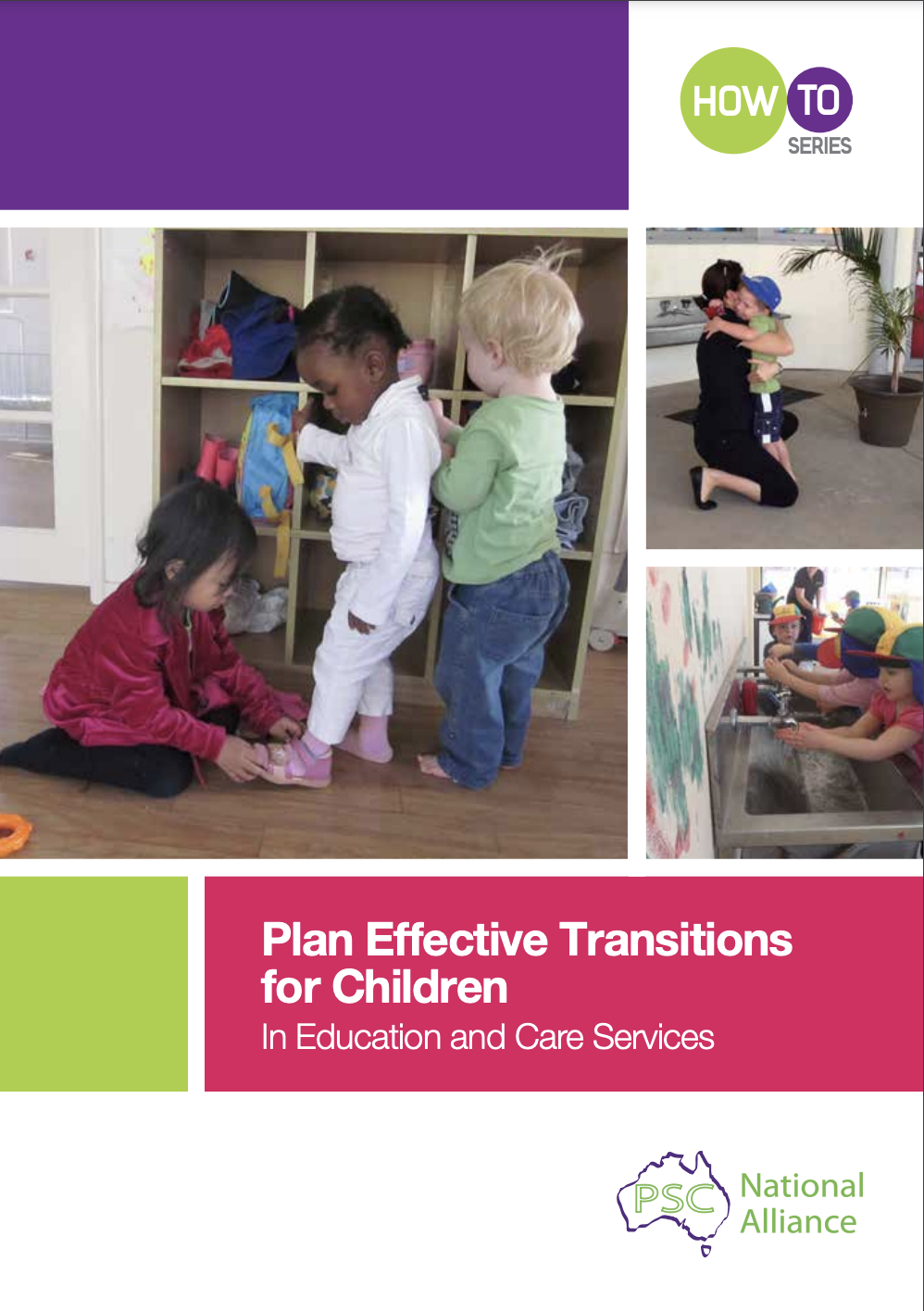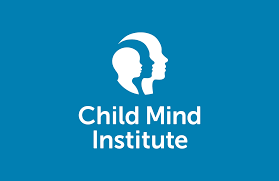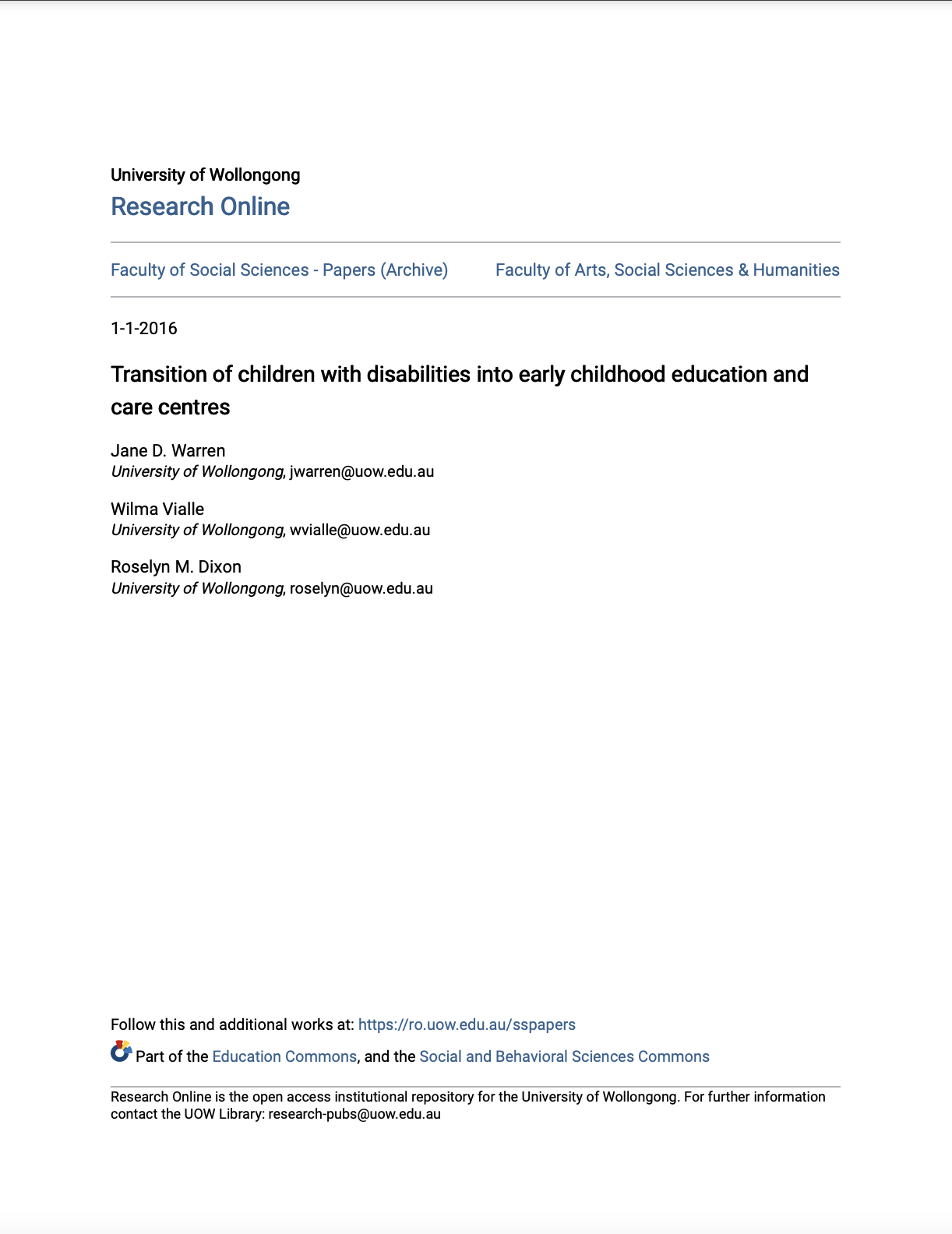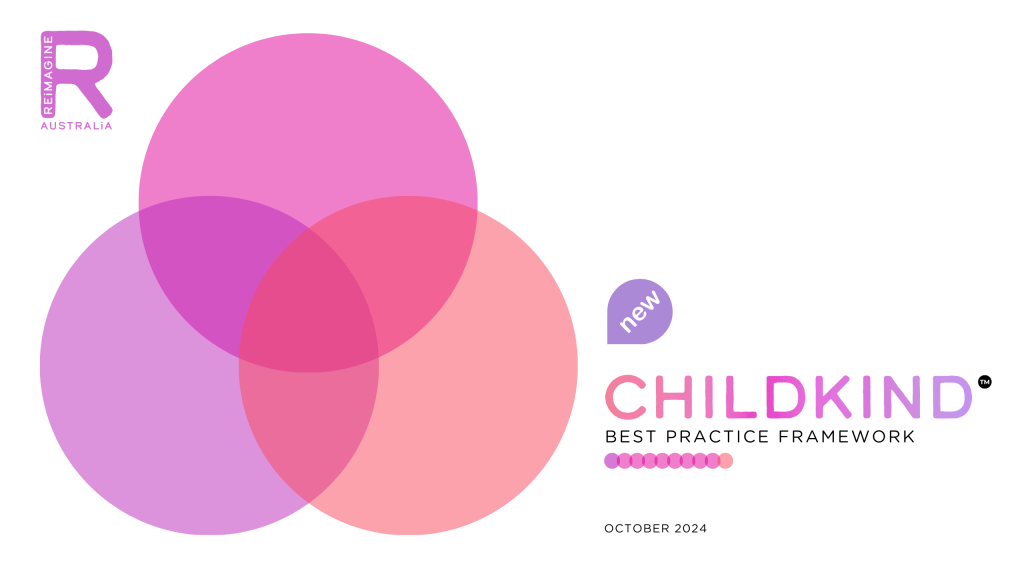CHILDKIND WAY OF WORKING #10

“Providing tailored guidance and resources to ensure a smooth adjustment and continued development.“
Support My Transition focuses on on providing tailored guidance and resources to smoothly facilitate significant transitions for children and their families, through:
Anticipating Transitions: Proactively identify upcoming transitions in a child’s life and understanding the changes, to prepare families and provide support to ease any anxiety.
Collaborative Transition Planning: Involve families in developing tailored and flexible transition plans to foster a sense of ownership and reassurance as they navigate changes.
Emotional and Relational Support: Provide emotional support during transitions by building relationships with new team members and helping children adjust to new environments.
The Early Years Learning Framework (EYLF V2.0) cites Continuity of learning and transitions as one of the key practices. “Transitions can be everyday occurrences between routines, play spaces or settings, as well as bigger transitions including from home to starting at school or an early childhood setting, or from one early childhood setting to another. All transitions offer opportunities and challenges” (AGDE, 2022, p. 24). When we transition from something we are familiar with to something new or different, a range of emotions can emerge, such as excitement, stress, fear of the unknown, or nervous about leaving something you are familiar with.
For children with disabilities, developmental delay or neurodivergence, there may be additional complexities at times of transition. For example, there are additional apprehensions for parents of children with complex disabilities when they are transitioning into an early childhood service, as they may be worried about their child’s inclusion, people understanding their child, and their child’s needs being met (Warren, et al., 2016). While some transitions seem more significant than others, each child will respond differently and may require additional support. The support for transitions is not just needed for children. Transitions for children also impact on families, and supporting families during transition can also help them support their children. For children with disability, developmental delay or neurodivergence, transitions often require a lot more preparation, planning and consideration.
Support My Transition, as a way of working, relates to the ‘transition’ phase of the child’s early developmental support journey. This way of working is broken down into 3 Key Competencies. In practice, these competencies might be demonstrated as follows:
Signal Transitions Early: For some children, the lack of control over transitions can make these difficult, as well as them sometimes being unexpected, seemingly sudden, and often including unfamiliar or less comfortable feelings. There are ways you can support children during these transitions – and your strategies need to be suited to each individual child and family, and the ‘size’ of the transition.
Create a Plan: Having a relationship with the child’s family means they are more likely to share their concerns and apprehensions, for example, in relation to transition to school. You can then work with the family, keeping their priorities at the forefront, and collaboratively develop a well-planned transition that will support both the child and family.
Facilitate the Transition: The complexities associated with new people coming into the child’s life can add an additional layer. Big transitions such as starting with a new service provider or meeting new teachers at school can be overwhelming for children and families. Sometimes you are the security the child and family needs for emotional support.

Starting school is an important milestone in any child and family’s life. For families of children with developmental delay or disability, transition to school requires additional thought, time, planning and support to make the process as smooth and positive as possible.
Reimagine Australia has designed a suite of resources to help families, practitioners, educators, schools and community service providers to help facilitate a child with additional needs in their transition to school.
In designing this resource we have taken a community-wide approach. The information in this resource aims to make the transition to school as smooth and positive as possible.

Child Australia (2012). How to Plan Effective Transitions for Children In Education and Care Services.

Martinelli, K. (2024). How can we help kids with transitions. Child Mind Institute.

Warren, J., Vialle, W. & Dixon, R. (2016). Transition of children with disabilities into early childhood education and care centres. Australasian Journal of Early Childhood. 41 (2), 18-26.
Transitioning to new settings can be challenging for children with disabilities; thus, tailored support strategies are essential for promoting their successful integration.
McWilliam, R. A. (2010), "Working with Families: A Guide for Service Providers.
Access more information on the ChildKind Best Practice Framework with its 10 Ways of Working, 30 Key Competencies and 8 supporting Values and Behaviours here:
